Expanded Overview of Lawrence Park, Toronto
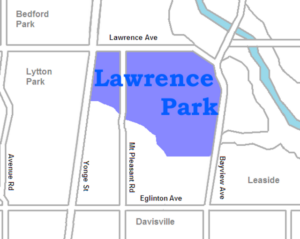
Lawrence Park is not just a neighborhood; it’s a lifestyle. As one of Toronto’s most prestigious and historic residential areas, it offers a unique combination of natural beauty, architectural grandeur, and urban convenience. Below is a more detailed and expanded look at Lawrence Park, covering its history, architecture, community, and more.
History of Lawrence Park, North York:
Lawrence Park has a rich history that dates back to the early 20th century, making it one of Toronto’s first planned garden suburbs. Key historical points include:
- Development: The neighborhood was developed in the early 1900s by the Dovercourt Land Building and Savings Company, led by entrepreneur Wilfred Servington Dinnick. The plan was to create a “garden suburb” inspired by the English garden city movement, emphasizing green spaces, winding streets, and large lots.
- Architectural Influence: Many of the original homes were designed by prominent architects of the time, such as Eden Smith, who was known for his Arts and Crafts-style homes. This architectural legacy is still evident in the neighborhood today.
- Evolution: Over the decades, Lawrence Park has evolved from a quiet suburban enclave to one of Toronto’s most exclusive neighborhoods. While it has maintained its historic charm, it has also seen the addition of modern, custom-built estates that cater to contemporary tastes.
For more on Toronto’s architectural history, visit the Toronto Historical Association.
Architectural Styles in Lawrence Park, North York:
Lawrence Park is a treasure trove of architectural diversity, with homes that reflect various styles and eras. Some of the most prominent architectural styles in the neighborhood include:
- Tudor Revival: Characterized by steeply pitched roofs, half-timbering, and decorative brickwork, Tudor-style homes are a common sight in Lawrence Park. These homes often feature cozy, rustic interiors with wood paneling and fireplaces.
- Georgian: Symmetrical facades, classical columns, and multi-pane windows are hallmarks of Georgian-style homes. These properties exude elegance and timelessness.
- Colonial Revival: Inspired by American colonial architecture, these homes often feature brick or clapboard exteriors, gabled roofs, and large porches.
- Arts and Crafts: Reflecting the neighborhood’s early 20th-century roots, Arts and Crafts homes emphasize natural materials, handcrafted details, and a connection to the surrounding landscape.
- Modern and Contemporary: In recent years, many older homes have been replaced or renovated with sleek, modern designs. These properties often feature open-concept layouts, floor-to-ceiling windows, and cutting-edge technology.
For more on architectural styles in Toronto, check out the Architectural Conservancy of Ontario.
Community and Demographics in Lawrence Park, North York:
Lawrence Park is known for its affluent and well-educated population. Key demographic characteristics include:
- Residents: The neighborhood is home to a mix of established families, young professionals, and retirees. Many residents are executives, entrepreneurs, and professionals in fields such as finance, law, and medicine. For example, many residents work in Toronto’s Financial District, which is easily accessible via the Yonge-University subway line.
- Family-Friendly: With its excellent schools, safe streets, and abundance of parks, Lawrence Park is a popular choice for families. The neighborhood has a strong sense of community, with many residents participating in local events and activities.
- Cultural Diversity: While historically a predominantly Anglo-Canadian neighborhood, Lawrence Park has become more diverse in recent years, reflecting Toronto’s multicultural identity.
For more on Toronto’s demographics, visit Statistics Canada.
Green Spaces and Nature:
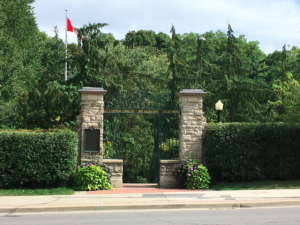
One of the defining features of Lawrence Park is its abundance of green spaces, which contribute to its serene and picturesque atmosphere. Key parks and natural areas include:
- Alexander Muir Memorial Gardens: This park is a hidden gem, featuring beautifully landscaped gardens, a reflecting pool, and walking paths. It is named after Alexander Muir, the composer of “The Maple Leaf Forever,” and is a popular spot for quiet reflection and leisurely strolls.
- Sunnybrook Park: Located just east of Lawrence Park, this expansive park offers a wide range of recreational activities, including hiking, cycling, and picnicking. It is also home to the Sunnybrook Stables, which offer horseback riding lessons and trails.
- Blythwood Ravine: This natural ravine runs through the heart of the neighborhood, providing a peaceful escape with walking trails and scenic views. It is a favorite among joggers, dog walkers, and nature enthusiasts.
- Sherwood Park: Another nearby green space, Sherwood Park features sports fields, playgrounds, and walking trails, making it a popular destination for families.
For more on Toronto’s parks and trails, visit Toronto Parks.
Education:
Lawrence Park is renowned for its access to some of the best educational institutions in Toronto. In addition to the schools mentioned earlier, here are more details about the educational landscape:
- Public Schools: The neighborhood is served by the Toronto District School Board (TDSB), which operates several highly regarded elementary and secondary schools. In addition to Lawrence Park Collegiate Institute, other notable public schools include Blythwood Junior Public School and John Wanless Junior Public School.
- Private Schools: The proximity to elite private schools is a major draw for families. In addition to Crescent School and Havergal College, other nearby private institutions include Toronto French School and St. Clement’s School.
- Post-Secondary Institutions: Lawrence Park is within easy reach of several universities and colleges, including the University of Toronto, York University, and Toronto Metropolitan University (formerly Ryerson University).
For more on education in Toronto, visit the Ontario Ministry of Education.
Shopping and Dining:
Lawrence Park offers a mix of upscale shopping and dining options, catering to the refined tastes of its residents. Key areas and highlights include:
- Yonge-Lawrence Village: This charming shopping district along Yonge Street is a hub of activity, featuring boutique shops, cafes, and restaurants. Popular spots include:
- Amore Trattoria: A cozy Italian restaurant known for its authentic pasta dishes and warm ambiance.
- Mildred’s Temple Kitchen: A trendy spot for brunch and baked goods, offering a modern take on classic comfort food.
- Petit Thuet: A French bakery and patisserie offering artisanal bread, pastries, and desserts.
- Bayview Village: Located just east of Lawrence Park, this upscale shopping center features a mix of luxury retailers, including Holt Renfrew, Harry Rosen, and Apple, as well as a variety of dining options.
- Local Boutiques: The neighborhood is home to several high-end boutiques and specialty stores, offering everything from designer fashion to home decor.
For more on Toronto’s dining scene, check out BlogTO’s Restaurant Guide.
Transportation and Accessibility:
Lawrence Park’s central location and excellent transportation links make it easy for residents to navigate the city. Key transportation features include:
- Public Transit: The neighborhood is served by the Lawrence Subway Station on the Yonge-University line, providing quick access to downtown Toronto. Several TTC bus routes also run through the area, offering convenient connections to other neighborhoods.
- Major Roads: Lawrence Park is easily accessible via major thoroughfares such as Yonge Street, Bayview Avenue, and Avenue Road, making it convenient for drivers.
- Cycling and Walking: The neighborhood’s tree-lined streets and proximity to parks and ravines make it a great area for cycling and walking. The Beltline Trail, a popular multi-use trail, is also nearby.
For more on Toronto’s transit system, visit the TTC website.
Real Estate Market:
Lawrence Park is one of the most exclusive and expensive neighborhoods in Toronto. Key features of the real estate market include:
- Property Types: The neighborhood is primarily composed of single-family homes, ranging from historic mansions to modern estates. There are very few condominiums or apartment buildings, contributing to the area’s exclusivity.
- Price Range: Homes in Lawrence Park typically sell for several million dollars, with prices varying depending on factors such as lot size, architectural style, and proximity to parks and schools.
- Market Trends: The demand for homes in Lawrence Park remains strong, driven by the neighborhood’s prestige, excellent schools, and central location. Properties often sell quickly, and bidding wars are not uncommon.
For more on Toronto’s real estate market, visit my site here
Community Events and Activities:
Lawrence Park has a vibrant community spirit, with residents often coming together for events and activities. Some highlights include:
- Garden Tours: The neighborhood’s beautiful homes and gardens are often showcased in annual garden tours, which attract visitors from across the city.
- Holiday Celebrations: Lawrence Park residents take pride in decorating their homes for the holidays, and the neighborhood is known for its festive displays.
- Local Clubs: The area is home to several private clubs, including the Granite Club and the Rosedale Golf Club, which offer a range of recreational and social activities for members.
For more on community events in Toronto, visit Eventbrite Toronto.
Conclusion:
Lawrence Park is more than just a neighborhood; it’s a symbol of luxury, history, and community. Its grand homes, top-tier schools, abundant green spaces, and upscale amenities make it one of the most desirable places to live in Toronto. Whether you’re drawn to its historic charm, its family-friendly atmosphere, or its proximity to the city’s best amenities, Lawrence Park offers a lifestyle that is both sophisticated and serene. Its timeless appeal ensures that it will remain one of Toronto’s most coveted neighborhoods for generations to come.
For more information on Lawrence Park, visit the City of Toronto’s Neighborhood Profiles.



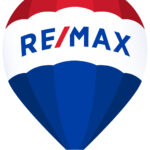
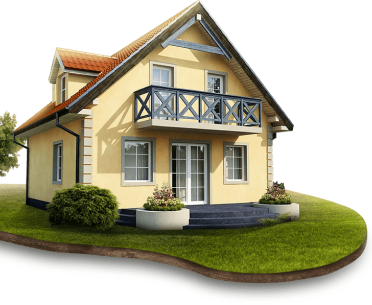
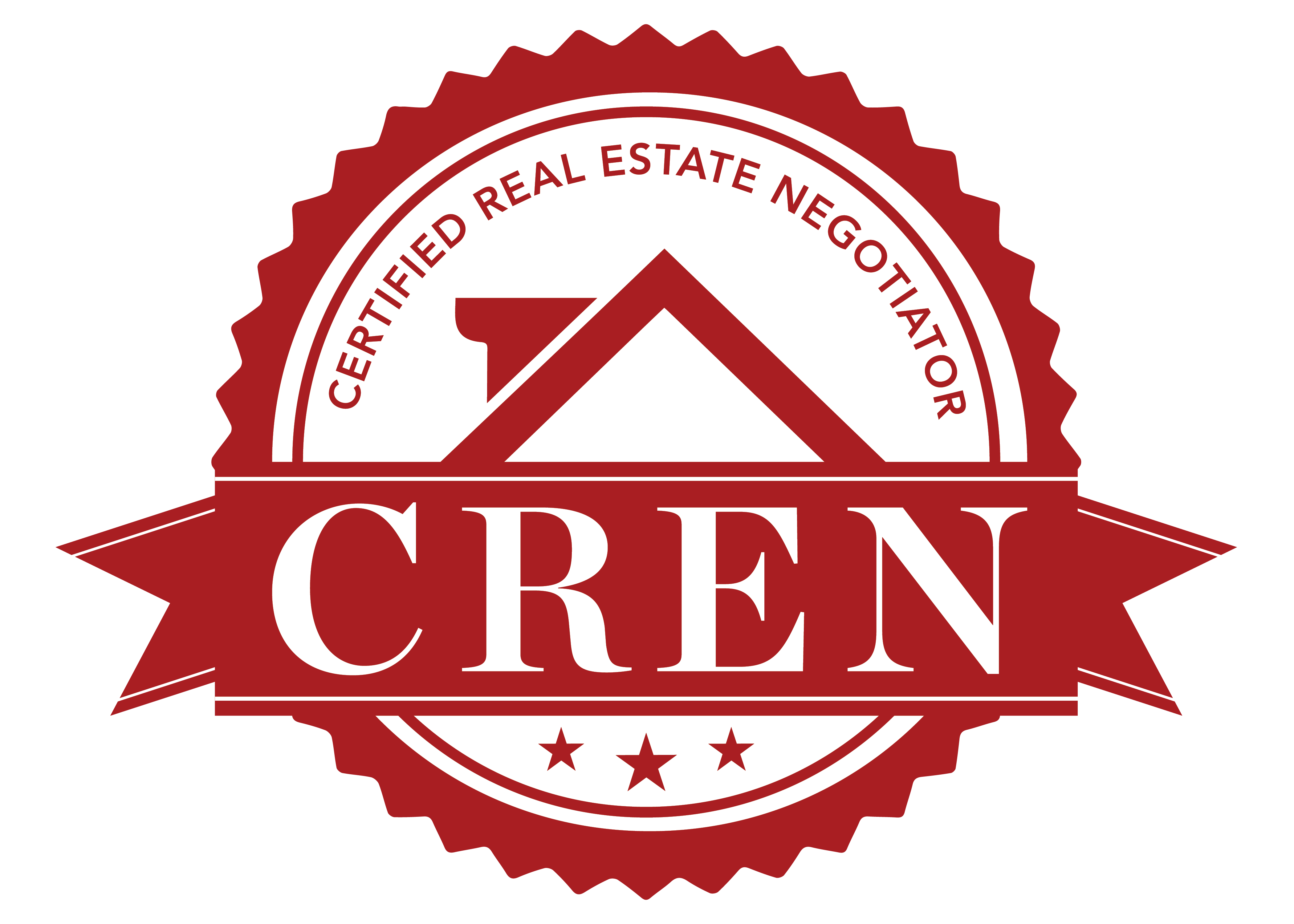

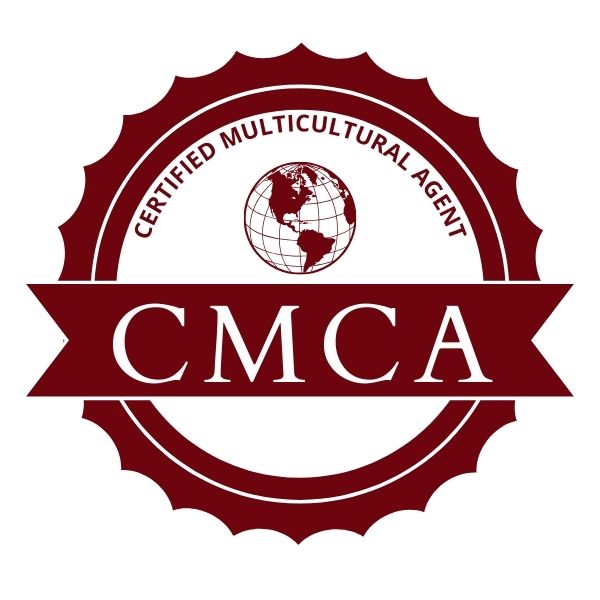





 Views Last 7 days : 74
Views Last 7 days : 74 Views Last 30 days : 564
Views Last 30 days : 564 Views This Year : 5583
Views This Year : 5583 Total views : 9543
Total views : 9543